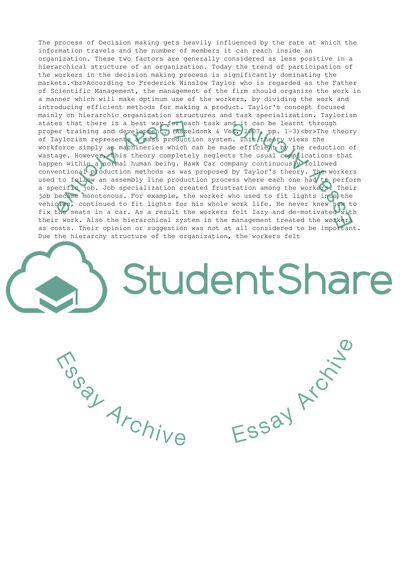Cite this document
(Organisations and Behaviour Essay Example | Topics and Well Written Essays - 2750 words - 3, n.d.)
Organisations and Behaviour Essay Example | Topics and Well Written Essays - 2750 words - 3. https://studentshare.org/human-resources/1802244-organisations-and-behaviour
Organisations and Behaviour Essay Example | Topics and Well Written Essays - 2750 words - 3. https://studentshare.org/human-resources/1802244-organisations-and-behaviour
(Organisations and Behaviour Essay Example | Topics and Well Written Essays - 2750 Words - 3)
Organisations and Behaviour Essay Example | Topics and Well Written Essays - 2750 Words - 3. https://studentshare.org/human-resources/1802244-organisations-and-behaviour.
Organisations and Behaviour Essay Example | Topics and Well Written Essays - 2750 Words - 3. https://studentshare.org/human-resources/1802244-organisations-and-behaviour.
“Organisations and Behaviour Essay Example | Topics and Well Written Essays - 2750 Words - 3”. https://studentshare.org/human-resources/1802244-organisations-and-behaviour.


